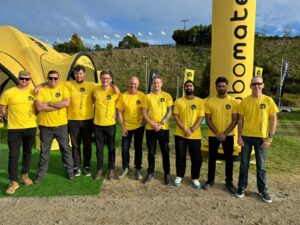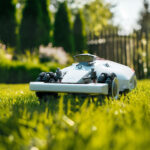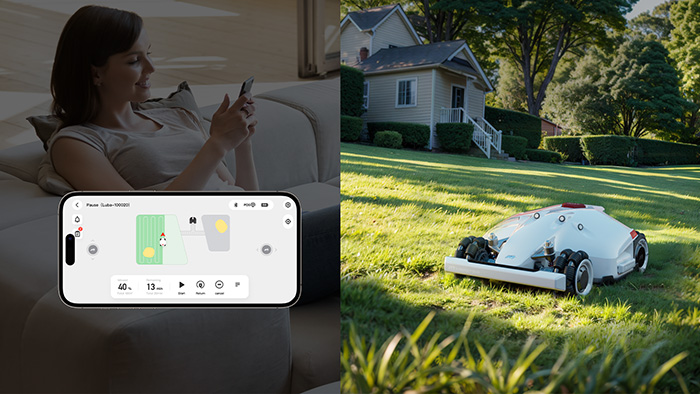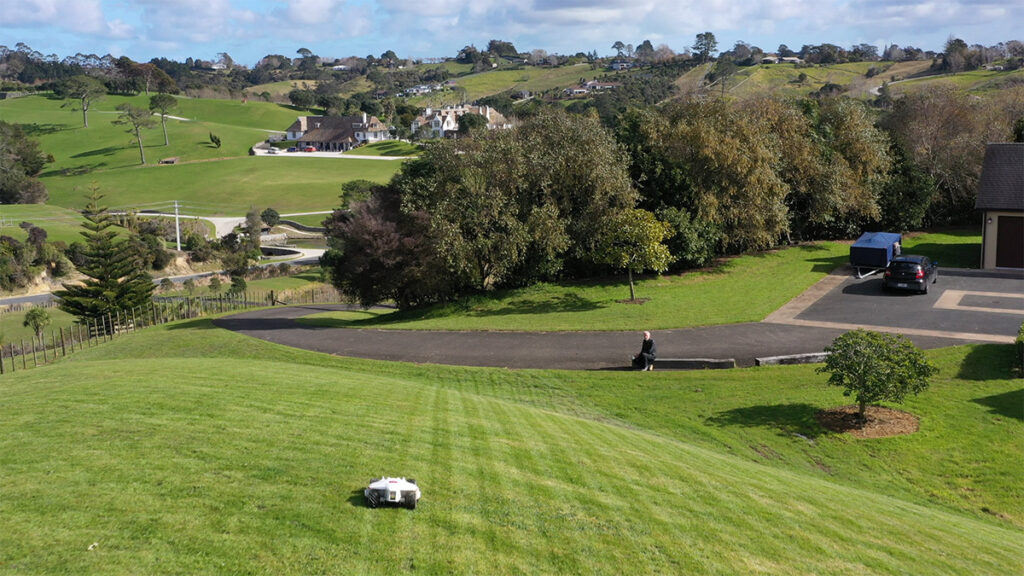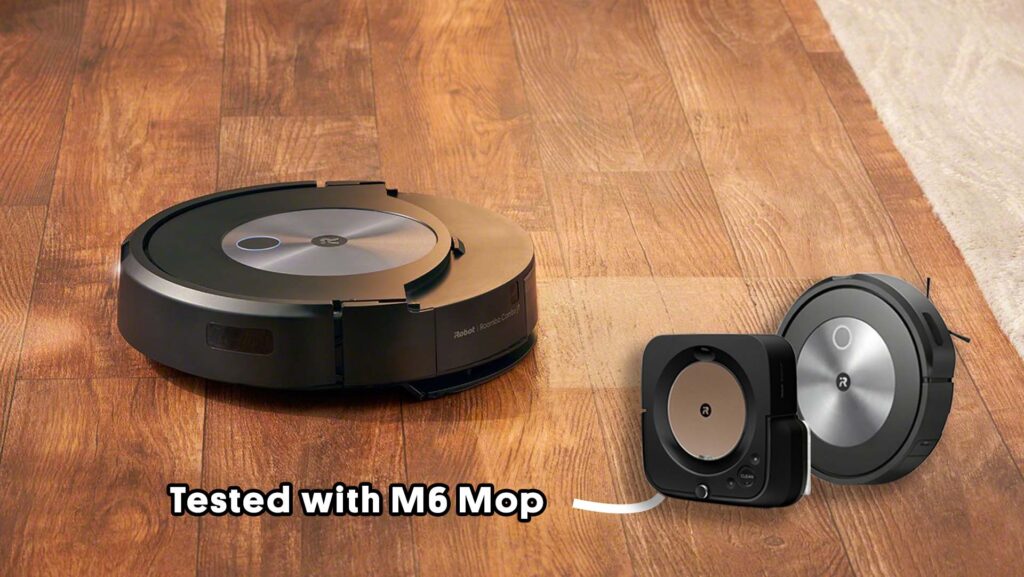When thinking about buying a robotic vacuum cleaner there is always one important factor to consider: how does it actually know where it’s going?
Robot vacuums either feel like a weird household appliance from the future or, the opposite, an untrustworthy gimmick made in China. It also seems like the tech advances in robot vacuums makes buying one more complicated and confusing than ever. The only way to ease either of these concerns seems to be understanding a little more about how they actually work. The truth is, robot vacuums are becoming more functional, capable and cheaper than ever.


Robot vacuums use the same technology as many things already surrounding us – self-driving cars, airplanes and virtual reality video games to name a few. The same technology that guides these little machines enables them to roam around the floor cleaning autonomously, avoid “restricted areas” or even automatically return to base to charge their own batteries.

Some people refer to certain robot vacuums as “smart navigating”. This just means that they use laser technology to scan and detect objects around the house and then clean in a systematic way. Other robots might navigate “randomly” using their bump sensors and algorithms to move around and bounce off objects. Navigation is massive factor that drives price. As a general rule, the more “intelligently” it maps out your room, the more premium, and therefore more expensive, the robot is.
Since there are many types of robot vacuums circulating on the market, and such a range of tech used within these vacuums, it’s hard to know what is good and why. There are many questions about features, i.e. whether to get a hybrid mop-vacuum, auto-empty station or smart-home capabilities, however when it comes to navigation typically say that we prefer LiDAR. The other main mapping technology used in robot vacuums is called vSLAM (visual simultaneous localisation and mapping) which uses cameras facing upwards to map the ceiling of a room and other major objects in its field of view. In our opinion we prefer LiDAR to vSLAM because it’s of its accuracy – despite it being a bit more expensive for manufacturers.

LiDAR can seem a little bit like magic but, like all things tech- related, this is actually just a result of 25 years of development by a lot of brilliant engineers, based on relatively understandable concepts. LiDAR stands for light detection and ranging.
Essentially, there is a spinning laser tucked away under a cap which sits on top of the robot. The laser fires out light waves which bounce off surrounding walls and it measures the time taken for the laser to reflect back into the sensor itself. By doing this quick movement thousands of times, the LiDAR can calculate the exact distance to an object, right down to the centimetre. The lasers rotate at “lightning speed” which allows a robot to collect a lot of data in a short amount of time. This means the robot can create an exact coordinate of where it is located within the house. As it rotates the laser is taking 360-degree measurements of all the walls, doorways, objects and surfaces and storing the information. Since the robot then knows exactly where it is, it can create cool features in the app such as “no-go zones”. These zones are where you can draw virtual lines in the app itself, and the robot will treat those sections as a “cordoned-off” area and avoid it completely. Other features mean you can even name specific rooms and send the robot to that room at click of a button (or tap of a screen). That feature is actually amazing to watch. It’s like watching a car automatically parallel parking – mesmerising.


LiDAR also means that you can set the vacuum off at night, in the dark without having the lights on, and it won’t struggle with black carpet or going into the dark underneath a couch. This is a major downfall for camera-based robots – because it really commits you to cleaning when it’s daylight and making sure they will avoid cleaning under your couches.
Alongside the spinning lasers, most robots also incorporate a number of other sensors into their hardware. Bump-sensors engage if a robot bushes brush up against a wall or object. These sensors seem to take about 50 grams of force before they properly engage and force the robot to retreat.
Robots also have drop senses which detect stairs or other “cliff-like” ledges. In theory without these sensors – robots would be in danger of flying off certain surfaces which could ultimately end in some sort of damage or malfunction. There also are sensors which detect whether the robot has been lifted off the ground. In most premium robots, these sensors also engage a helpful “warning” voice that lets you know when someone has lifted up the robot and taken it for a walk unannounced.
So, robot vacuums are not a scary phenomenon at all. They just have some pretty cool tech which also happens to be built into a lot of parts of every-day life. LiDAR is accurate, it is able to work in the dark and it means you can have cool app features such as “no-go zones” or “zone cleaning”. In summary, if you’re not sure how your robot vacuum works or want to upgrade to a robot vacuum that can do a few more “tricks”, look out for a laser turret sitting on the top of a robot vacuum. That is a clear sign that is probably going to be pretty good at navigating.

